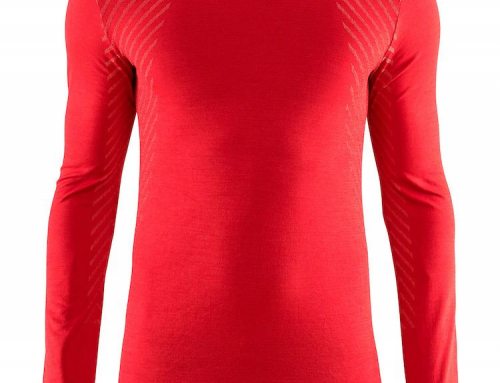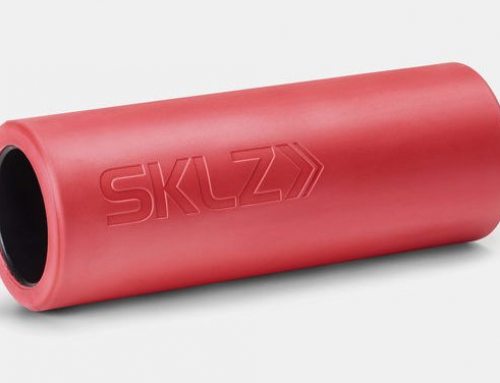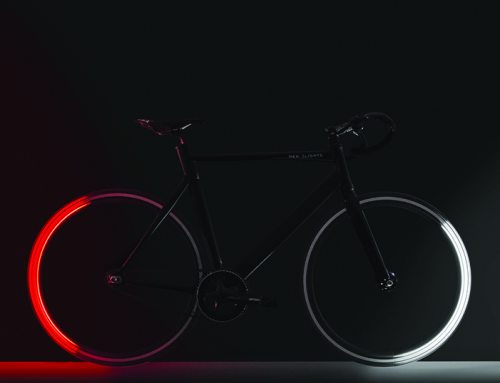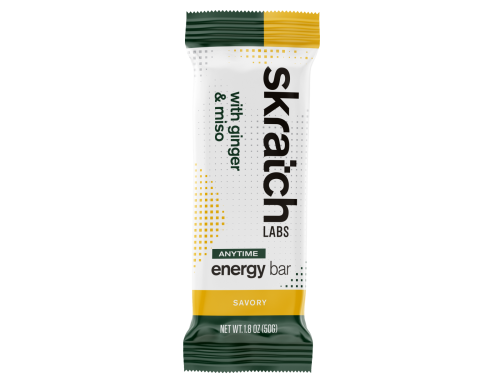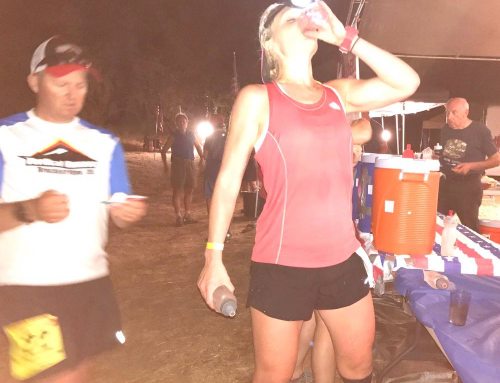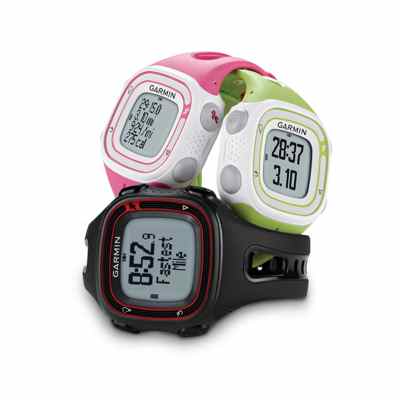
By Chase Williams
Do you want to become a faster runner? If you do, the Garmin Forerunner 10 is the most reasonably priced and most functional GPS watch on the market, retailing at $129.99. Garmin has many models available, none of which I would seriously consider wearing as a wrist watch – until the launch of the Forerunner 10. This watch comes in three color options: black (male), pink (female) and green (unisex). It’s important to note that each color option is a different size. The green and pink watches are just a bit smaller – just enough that the charging clips won’t match. The USB charger attaches via a clip that snaps onto the back of the watch. It’s very easy to snap on and off and is very durable.
Have you ever tried to teach your mother or father how to use a smartphone? Well, believe me, it can be a challenge! You shouldn’t have that problem with the Garmin Forerunner 10. There are only four buttons to choose from. The top left button enables the backlight; the top right button is the “ready to run” button, which enables the GPS within seconds; the bottom right button scrolls between menu options; and the bottom left button is the “back” button to return to the previous menu. It’s that simple.
The Forerunner 10 is recommended for runners training for 5k’s all the way up to marathon distances. You will notice that Garmin states the watch has a five-hour active battery life, which I’ve tested to the fullest. Believe it or not, the watch will stay on standby mode for up to five weeks without a charge if you’re using it only as a time piece. Most of my runs with this watch have not been over 12 miles, but I run six days a week averaging anywhere between 35 and 80 minutes. I also wear mine as a daily wrist watch and charge it only once a week.
If you are interested in caloric burn, the Forerunner 10 will monitor it while you exercise. With most watches that show calories burned, you have to type in your age, weight and height during the set-up stage of the watch so it will calculate your calories accurately. You have to type in only your weight with this one. I would still say that it’s just as accurate as your standard treadmill!
Last year I purchased a Garmin 210 for my father and had the opportunity to run with it quite a few times when I visited him over the summer. Honestly, the Forerunner 10 does essentially everything the Garmin 210 will do except for the heart rate function. The Garmin 210 retails at $249.99 with the heart rate monitor ($199 without). The Forerunner 10 will do almost everything else: virtual pacer, walk/run, auto lap and auto pause.
Another thing I love about the watch is that it will allow the user to display a ridiculous amount of screens, including time/distance, time/pace, time/calories, pace/distance, pace/calories and distance/calories. Garmin makes changing these displays very easy. Believe me, if I can use this and not have any trouble, then you can too.
Yet another great feature is the watch is water resistant, which scared me at first. I’ve never tested it to its full 50-meter limit, but I have gone swimming with it multiple times in a pool without having any issues. The first time coming out of the water I thought I had ruined it. Luckily, the pool was only five feet deep, so the watch survived. You would’ve loved to have seen my reaction though!
My favorite part of the Forerunner 10 is actually running with it. To start the run function, all you have to do is tap the little running (wo)man on the top right corner. This will enable the GPS function, which will take a few minutes the first time, but it starts to recognize familiar starting points faster as it’s used. If you’re like me and forget to turn on your GPS when everyone else is ready to run this is definitely the watch for you. It loads fast! Another thing that is a must for me in a GPS watch is the option to see my average pace while running and total run time. This unit displays both functions at the same time.
With a simple USB connection to your computer you can store and share your runs through Garmin Connect. This allows you to see your runs on a map, get more detail on each mile regarding pace/elevation, and share your run information with friends online. It’s great if you are training because you can track and compare your mileage week to week or month to month to see your progress with little effort.
I rarely upload my history to Garmin Connect, but that’s just because I’m a little old-fashioned when it comes to logging miles into my composition book. The Forerunner 10 will recognize all of your PR’s, including longest run, fastest mile, fastest 5k, fastest 10k, etc. If you’re not careful you can lose these runs because this watch will store only seven full activates until it starts erasing the oldest one. That why it’s important to make sure to upload each run on the Garmin Connect. That way you will never lose any run, especially if it happens to be your personal best. I recommend uploading the data at least once every week to guarantee no history is lost.
Let’s say you’re just starting to train for your first 5k and looking for something more than just a regular wrist watch. One of the most helpful functions would be the run/walk feature that will include walk breaks into your training plan. What about if you’re trying to improve your race time or training pace? The virtual pacer will compare your current running pace with your target pace. How many watches will do these two things without costing you at least $200? Only one: the Forerunner 10.
In conclusion, I would say if you’re looking to buy a GPS-enabled watch this is probably your best option for the money. Ask yourself these two questions before buying your next watch: Does the watch have all the features I need? And can I wear this as a regular watch during the day? With the Forerunner 10, YES I CAN!
# # #
Chase Williams is the running manager at Inside Out Sports in Cary, N.C., and has been running competitively for eight years. He is a two-time All-American in track and field and also was a member of the North Carolina High School relay team that has the 4×800-meter state record. He graduated from the University of North Carolina at Charlotte, where he ran cross country and track. He has been working in the retail run industry for more than four years, through which he has tested footwear brands to the fullest. You can reach him at chase@insideoutsports.com.


